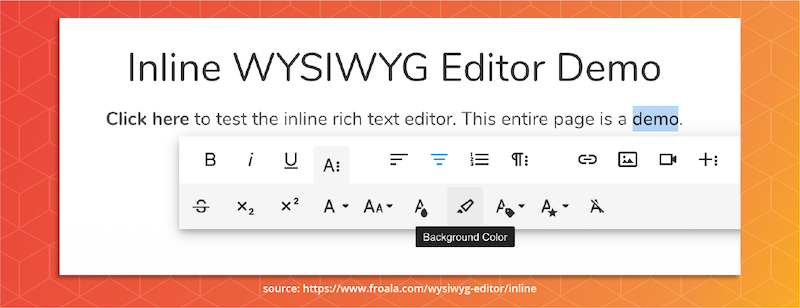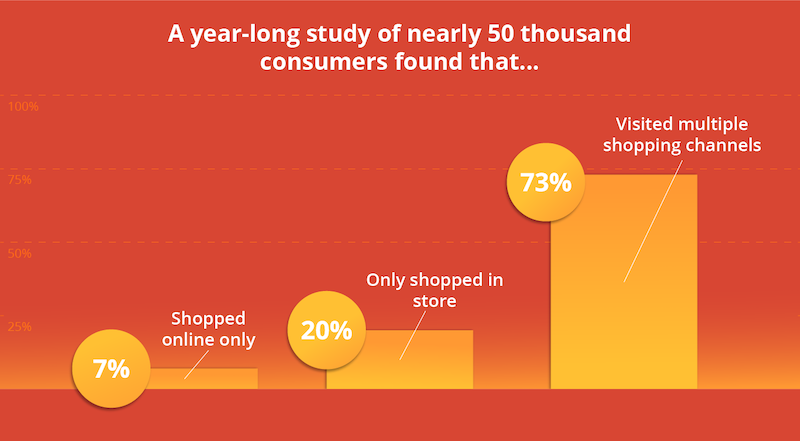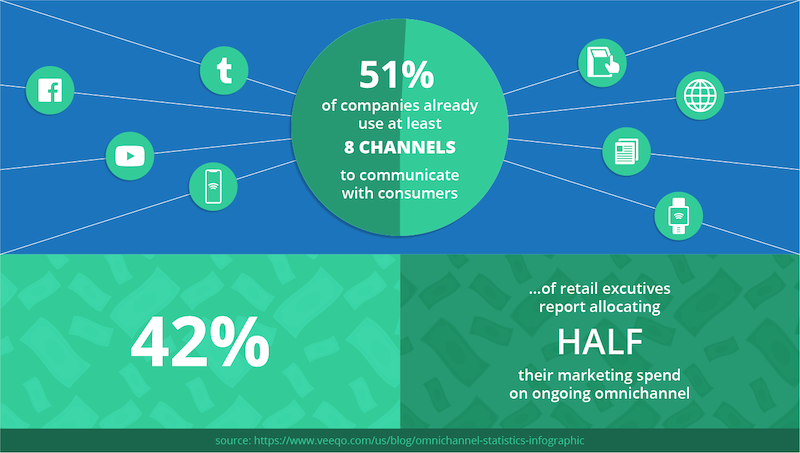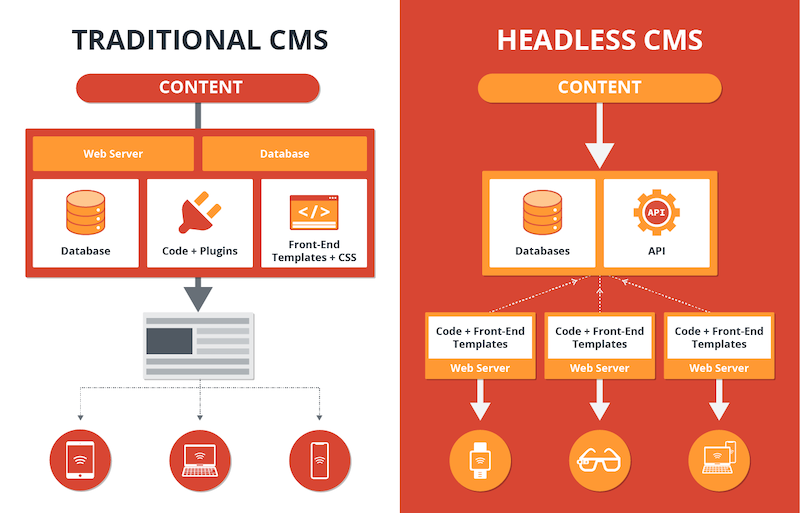If you’ve ever used (or are currently using) WordPress, Weebly, Squarespace, or a similar out-of-the-box “website builder” then you may already be familiar with inline page editors.
An inline page editor is an interface that allows a content manager to add, edit, and sometimes even format content in place, or “in line,” right on the web page where it lives instead of having to navigate to a different page or section of the website to make changes.

This type of editor enables users to see how their updates appear in the context of the entire page. It can be useful for making quick adjustments or corrections to landing page content and writing blog posts.
Inline page editors are especially attractive to smaller organizations that only produce content for a single website and don’t have the need for a more robust content management and delivery system.
Unfortunately, it’s that same simplicity that makes inline page editors a major roadblock for brands that are trying to modernize and remain competitive in our omnichannel world.
Why Inline Page Editors Are No Longer Enough for Modern Marketers
Today, the internet and internet-enabled devices empower consumers to interact with brands, gather important product information, connect with other consumers, and of course complete purchases on a variety of digital devices and channels that stretch well beyond a single, lonely business website.
In fact, omnichannel content delivery is the new norm.
Just ask the 55 percent of customers who expect information to flow between channels seamlessly—or the third of consumers who already supplement their in-store shopping experience with a connected device.
One year-long study even found that 73 percent of consumers shop in various physical and digital channels.

Omnichannel consumers spend more on average, tend to be more loyal, and are more likely to spread highly-trusted word-of-mouth marketing. When it comes to omnichannel strategy, top-performing businesses enjoy an average retention rate near 90 percent and a 9.5 percent increase in annual revenue every year—in contrast to 33 percent and 3.4 percent respectively in businesses with weak omnichannel efforts.
Moreover, with 75 percent of executives claiming that omnichannel has become essential to their business strategy—it’s safe to say that many of your competitors are likely jumping aboard the omnichannel train, as well.

So where does that leave you? Behind the times, unfortunately, if you’re still relying on an inline page editor and the traditional content management system (CMS) upon which it’s built.
The problem is that, with a traditional CMS (again think WordPress, etc.), content is saved to a built-in database and displayed on a built-in front-end delivery system. Instead of content being structured and labeled in a way that makes it reformattable and reusable, the content and its delivery are locked together. This leaves little opportunity to plug in personalization engines that optimize the messaging for different audiences or allow front-end engineers to enhance the display for different devices.
While there is a time and place for inline page editors, they won’t do anything but hold you back when it comes to creating modern marketing campaigns where you need to create unique, channel- and reader-specific messaging that can be translated, moved, and reused as trends and consumer demands shift on the fly.
But don’t worry—all is not lost. It doesn’t have to be crazy difficult or even all that costly to port over your existing content and replace your outdated inline page editor and website builder with the content management and delivery technology of the future.
Modernize Your Business and Futureproof Your Content with a Headless CMS
Like the simple-to-use yet now underpowered typewriters that came before them, inline page editors will eventually become artifacts of the past when we talk about the evolution of content.
Modern-day marketing requires advanced solutions that don’t just store and display content but allow for its management and manipulation to fit a variety of channels and devices. After all, can an inline page editor truthfully be used to create content that is ready to work with an Alexa app as well as be displayed on an Apple Watch?
No. But a headless CMS can.
A headless CMS sets the stage for a true “write once, publish everywhere” environment by keeping content storage, creation, and display completely separate. Instead of being embedded into the front-end design, content essentially lives in a repository from which developers can call it via application programming interfaces (APIs) to make it available on any device and channel—in any configuration.
That means engineering teams are empowered to build out the best-fit front-end design and capabilities to make content appear flawlessly—whether it’s being served in a mobile app, on a wearable device, or via voice.
And because headless content is modular and decoupled from formatting and programming, marketers can personalize, optimize, and share content to various channels and devices—all without negatively affecting any other content.
With a headless CMS, IT and marketing teams can both work on the same content delivery projects at the same time and content is future-proofed and ready to scale at any time.

If your organization is striving to improve the customer experience—and who isn’t these days?—it’s time to adopt a headless CMS that empowers you to create an omnichannel content strategy.
Contentstack, a pioneer in headless CMS, offers no-training-required content management tools as well as unique, turn-key integrations that empower marketers to work with best-in-class tools (like translators, CRM platforms, and more) and implement game-changing personalization and optimization. Out-of-the-box enterprise-level IT features mean your implementation team gets all the availability, security, scalability, and tools they need without any of the hassles they don’t. And it doesn’t only save you time and trouble. Use our free ROI calculator to see how much money you could save when you make the upgrade to Contentstack.
Headless CMS is the next evolution of content management—the computer to the in-line page editor's typewriter. All you have to do modernize your marketing is create your Contentstack proof of concept today for free.
